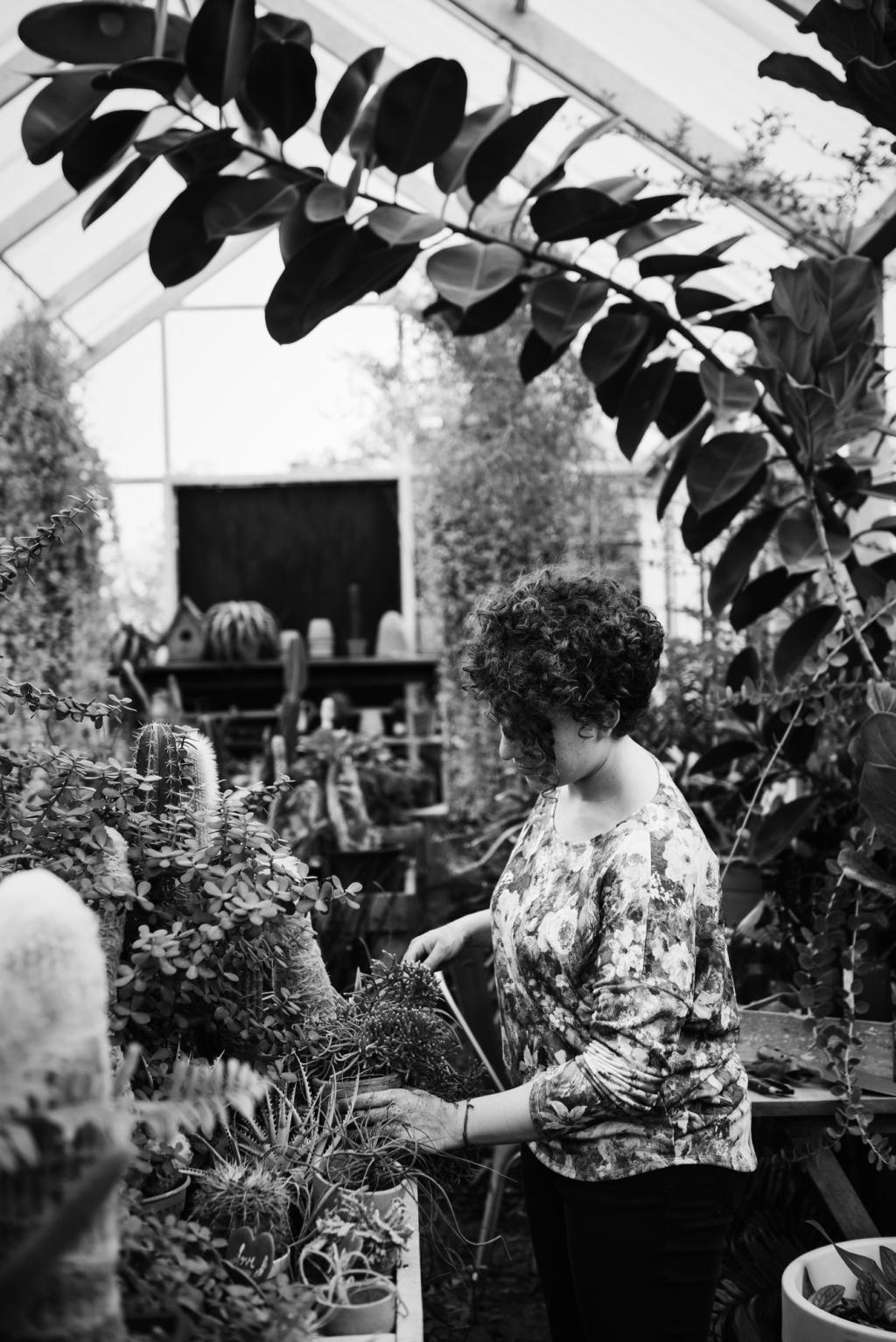
Vertical Gardening Solutions for Urban Dwellers
In crowded urban environments, space is often at a premium, making traditional gardening a luxury for many city dwellers. Vertical gardening presents an innovative solution, allowing residents to create lush, green spaces without requiring expansive ground area. By utilizing vertical surfaces such as walls, balconies, or even compact frames, urban gardeners can cultivate a variety of plants for both aesthetic pleasure and practical benefits. This webpage explores versatile vertical gardening methods tailored specifically for city living, addressing challenges unique to urban environments while highlighting the transformative potential of these green solutions.
Maximizing Space in Small Apartments
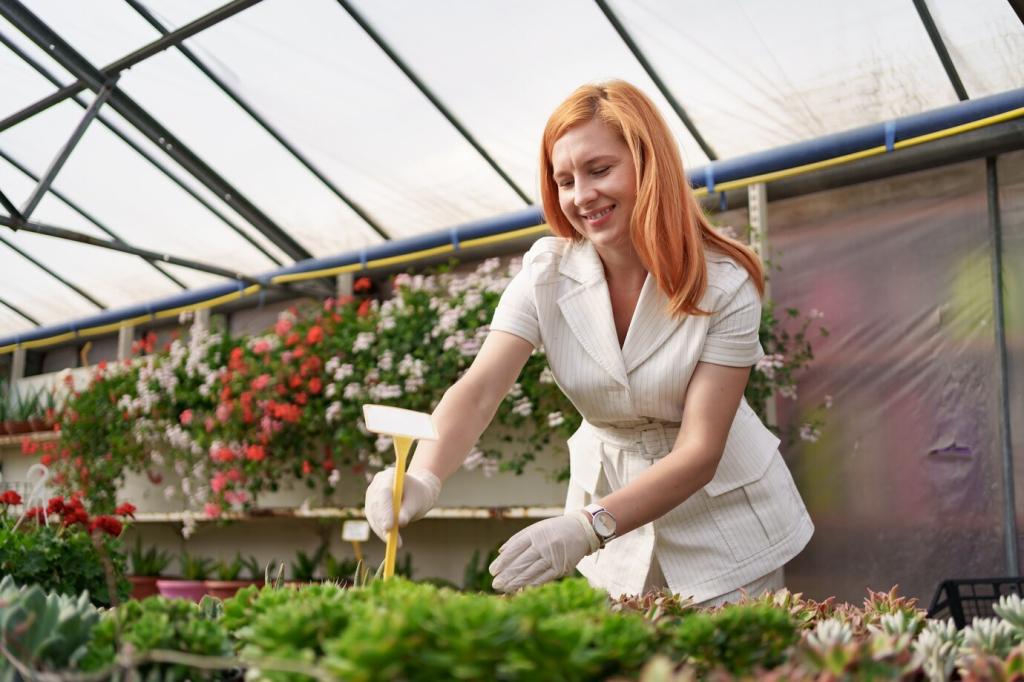
Wall-Mounted Gardens
Wall-mounted gardens utilize vertical surfaces inside or outside the apartment to cultivate plants without occupying valuable floor space. By attaching planters, pouches, or modular panels to walls, residents can grow ornamental, edible, or air-purifying plants in an organized manner. These installations are particularly effective for apartments with limited windowsill or balcony space, turning empty walls into living art that enlivens the environment and provides the satisfaction of personal gardening, even in the most constrained urban settings.
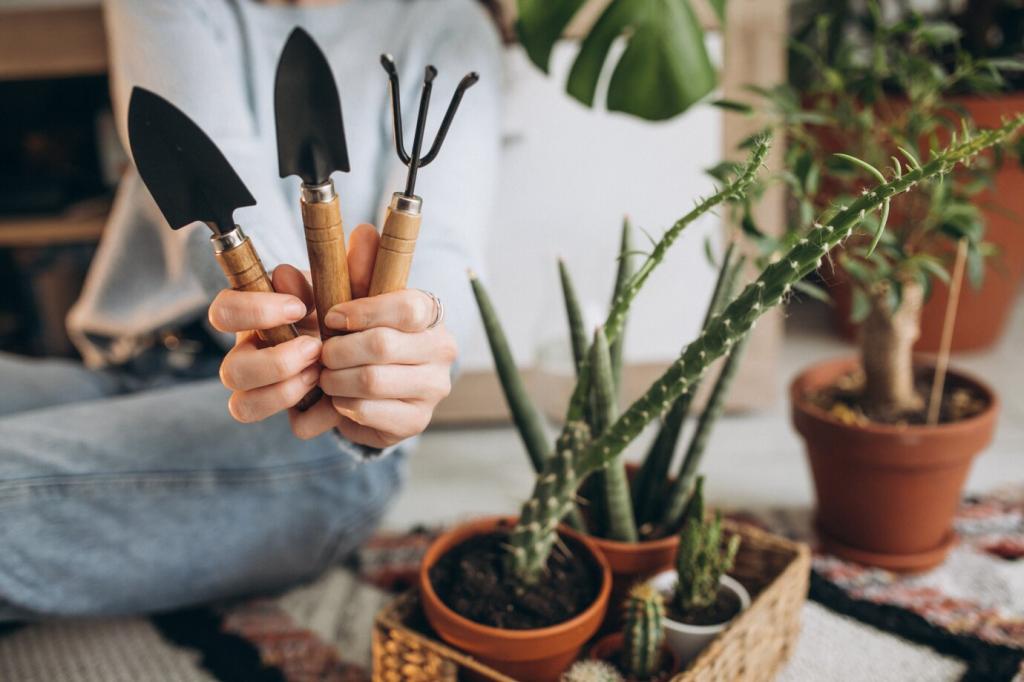
Balcony Vertical Assemblies
For those fortunate enough to have a balcony, vertical gardening methods such as stacked planters, railing-mounted containers, or repurposed shelving systems can dramatically increase growing capacity. This approach enables the cultivation of vegetables, herbs, or flowers in tiers, ensuring that even modest balconies become productive green spaces. By exploiting vertical height rather than horizontal area, balcony gardens provide privacy, shade, and a pleasant microclimate, transforming outdoor alcoves into personal oases within the city.
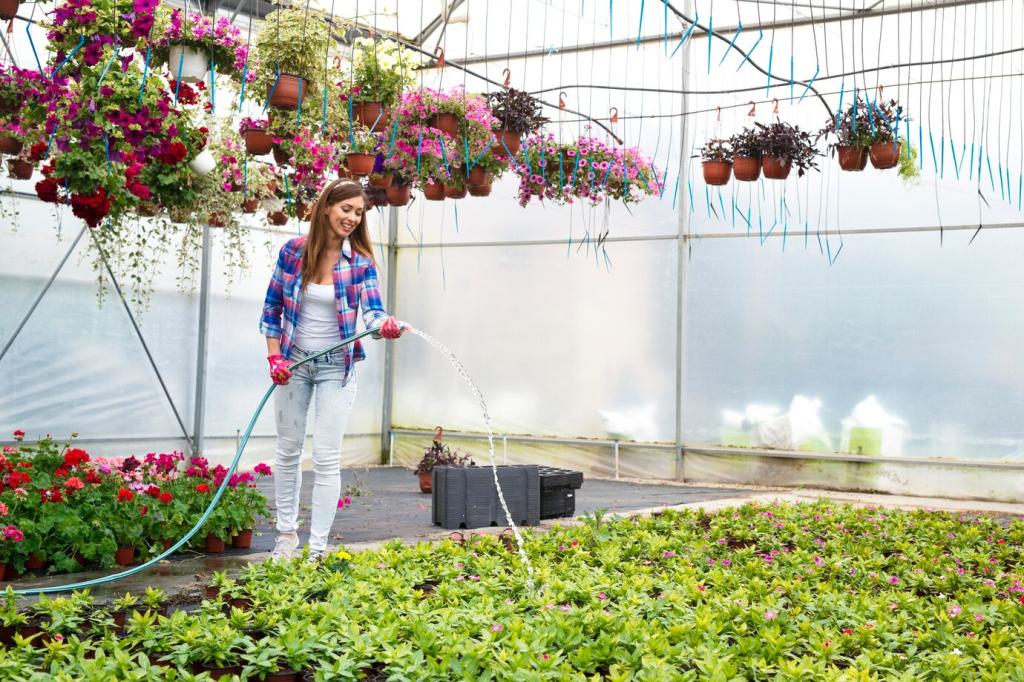
Indoor Vertical Green Walls
Even in the absence of any outdoor space, indoor green walls offer an opportunity to bring the benefits of gardening inside. Modular planting systems that fit onto living room, kitchen, or hallway walls allow residents to grow a selection of low-maintenance houseplants and herbs. Indoor green walls not only beautify the interiors but also contribute to improved air quality and humidity control, making apartments healthier and more enjoyable places to live while indulging a passion for plants.
Choosing the Right Plants for Vertical Gardens
Best Edible Plants for City Setups
Edible vertical gardens are a practical and rewarding option, allowing urban dwellers to grow their own produce in limited spaces. Leafy greens like lettuce, spinach, and arugula, as well as compact herbs such as basil, mint, and chives, are ideal due to their shallow roots and rapid growth. Small-fruited crops like cherry tomatoes and strawberries can also flourish in vertical arrangements. By selecting varieties bred for container growth and vertical support, city gardeners can enjoy fresh flavors at home while making efficient use of their available space.
Ornamental Options for Vertical Displays
Ornamental plants bring aesthetic value to vertical gardens, turning bland walls or tight corners into lush focal points. Flowering species such as petunias, begonias, and impatiens, as well as trailing vines like pothos and philodendrons, are popular choices for adding color and texture. These plants are chosen not only for their visual appeal but also for their adaptability to the light and moisture conditions present in urban settings. With thoughtful selection, it’s possible to curate a continuously blooming and visually dynamic garden throughout the seasons.
Low-Maintenance Plants for Busy Lifestyles
Many urban dwellers lead busy lives and require plants that can thrive on minimal attention. Succulents, air plants, and ferns are excellent choices for vertical gardening due to their resilience and low water requirements. These plants can adapt well to the micro-environments created by vertical gardens, often requiring less frequent watering and care. By selecting hardy varieties that suit the available light and space, urban gardeners can enjoy vibrant greenery with minimal commitment, fitting gardening seamlessly into their schedules.
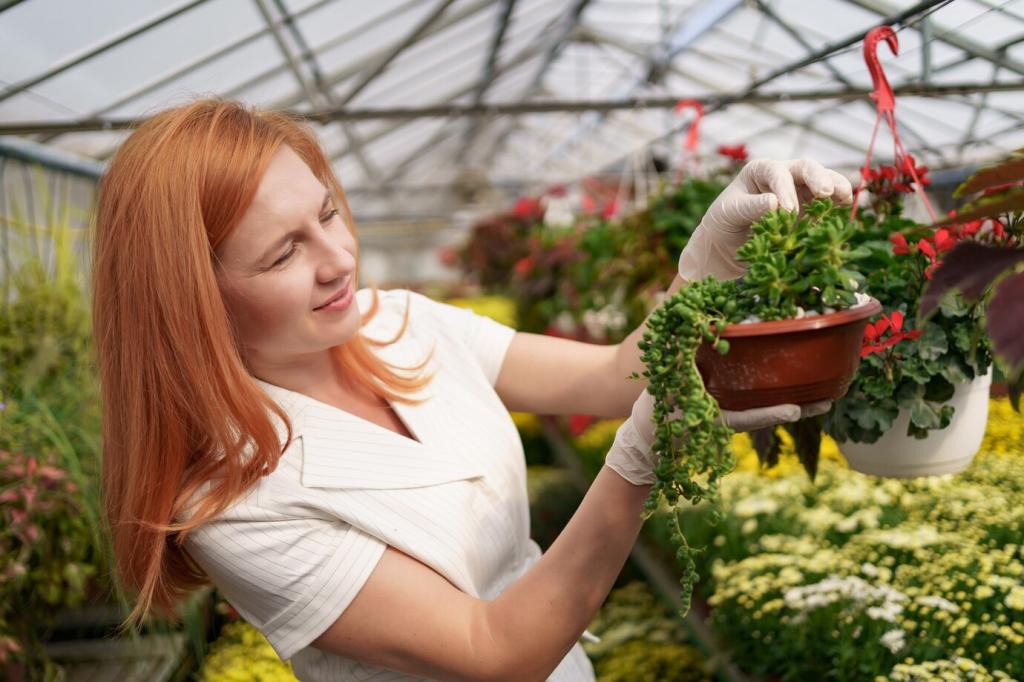
Upcycled Materials for Sustainable Systems
Utilizing upcycled materials like wooden pallets, plastic bottles, or fabric shoe organizers can significantly reduce the cost and environmental footprint of a vertical garden. These repurposed items serve as excellent containers or support structures for a variety of plants. By giving new life to discarded objects, urban gardeners not only help reduce waste but also gain the satisfaction of creating something beautiful and functional from materials that might otherwise be thrown away. Upcycling encourages creativity and personalization in crafting unique garden features.
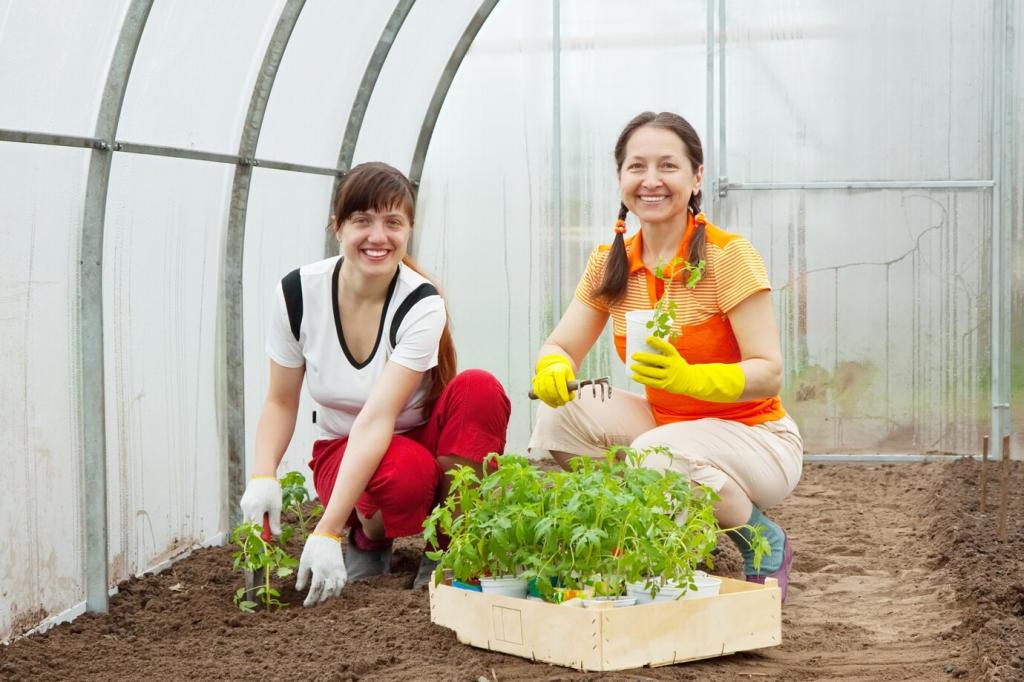
Building Modular Planting Panels
Modular planting panels offer flexibility and scalability for vertical gardening projects. These panels, often made from lightweight materials such as PVC or metal mesh, can be attached to walls or freestanding frames. The modular nature allows gardeners to expand their arrangements incrementally, adding or removing sections as needed. This approach is especially suited to renters or those who frequently move, since the panels can be easily disassembled and transported. Modular structures encourage experimentation and adaptability, accommodating evolving plant collections or design preferences.
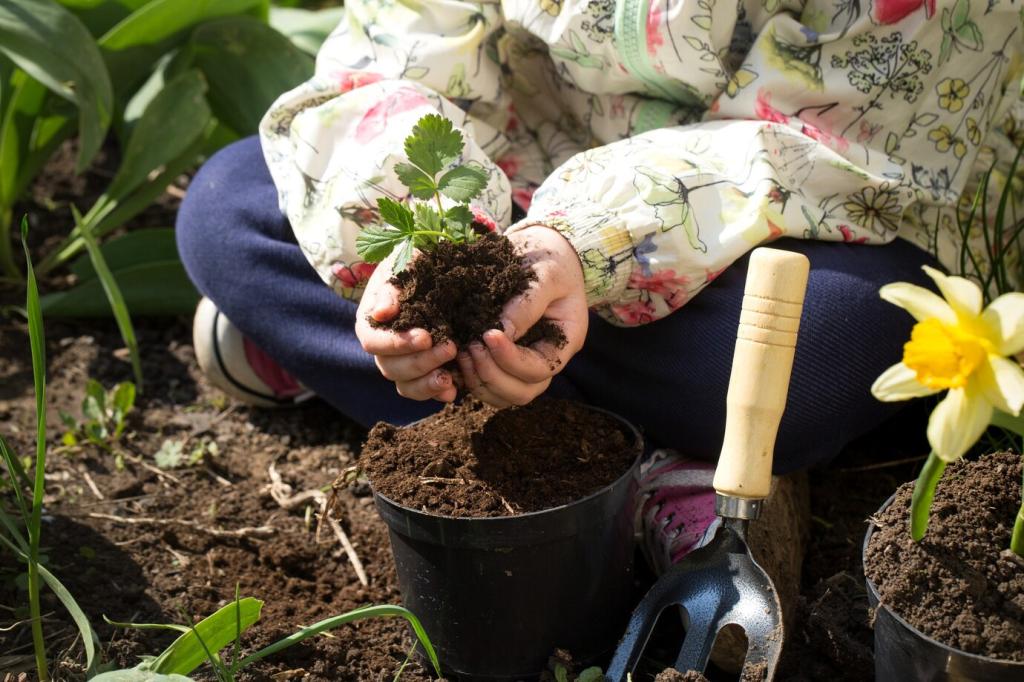
Creating Hanging Pocket Gardens
Hanging pocket gardens are a clever solution for small spaces, featuring rows of fabric or felt pockets that house individual plants. These systems can be mounted on doors, fences, or narrow walls, providing ample growing surface without sacrificing valuable floor or shelf space. The design promotes good drainage and air circulation around plant roots, supporting healthy growth. Hanging pocket gardens are particularly popular for herbs and small ornamentals, and their adaptability makes them suitable for both indoor and outdoor applications in diverse urban environments.
Irrigation and Maintenance Made Simple
Self-Watering Solutions
Self-watering systems are a game-changer for urban gardeners who may not have time for daily maintenance. These systems deliver water directly to plant roots, often through capillary action or integrated reservoirs, which help maintain consistent moisture levels. Self-watering containers or retrofitted irrigation lines reduce the risk of under- or over-watering, promoting optimal plant growth and reducing labor. They are especially beneficial for installations indoors or on balconies, where manual watering may be inconvenient or messy.
Efficient Fertilizing Strategies
Fertilizing is crucial for plants in vertical gardens, as limited soil volumes can quickly become depleted of nutrients. Slow-release fertilizers, liquid feeds, and organic compost teas provide accessible nutrients over time without requiring frequent application. Urban gardeners can incorporate fertilizing schedules into their regular routines or opt for integrated fertilizer dispensers. By understanding the nutritional needs of chosen plants and utilizing efficient fertilizer options, vertical gardens can maintain their lushness and productivity throughout the year.
Easy Pest Management
Pest control in vertical gardens, particularly in urban settings, requires proactive and environmentally conscious approaches. Healthy plants grown in well-ventilated vertical structures are less prone to infestations, but problems can still arise. Natural remedies like neem oil, insecticidal soap, or introducing beneficial insects can help manage pests without resorting to harsh chemicals. Regular inspection and prompt attention to issues are key to maintaining vibrant, resilient gardens that thrive in city conditions, minimizing disruptions to the urban ecosystem.
Previous
Next
Environmental Impact of Vertical Gardening
Urban heat islands occur when built environments absorb and retain heat, leading to elevated temperatures in cities. Vertical gardens can mitigate this effect by providing shade, cooling surfaces, and increasing evapotranspiration. The plants’ natural processes help moderate building temperatures, reducing reliance on air conditioning and lowering energy consumption. Over time, widespread adoption of vertical gardening contributes to more comfortable urban climates, benefiting entire communities while addressing a significant environmental concern.


Overcoming Common Urban Gardening Challenges
Tall buildings and narrow courtyards often result in reduced sunlight, which can hinder plant growth. To overcome this, gardeners can select shade-tolerant species, utilize reflective surfaces to amplify natural light, or invest in supplemental grow lights. Assessing the available light beforehand and choosing the right location for a vertical garden are key steps to ensuring healthy, thriving plants. Creative strategies help maximize light exposure, enabling successful gardening even in the most shadowed urban spaces.
